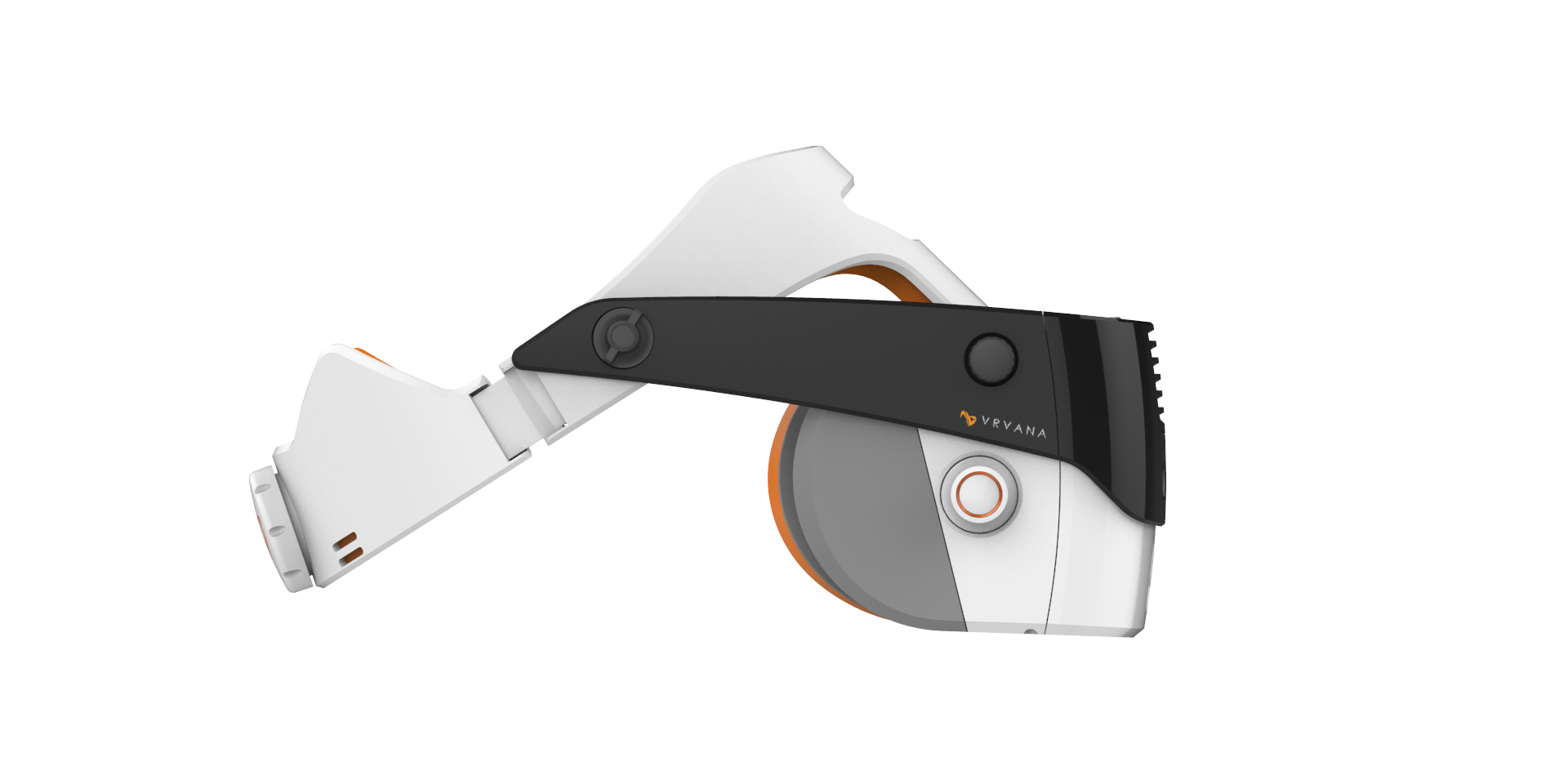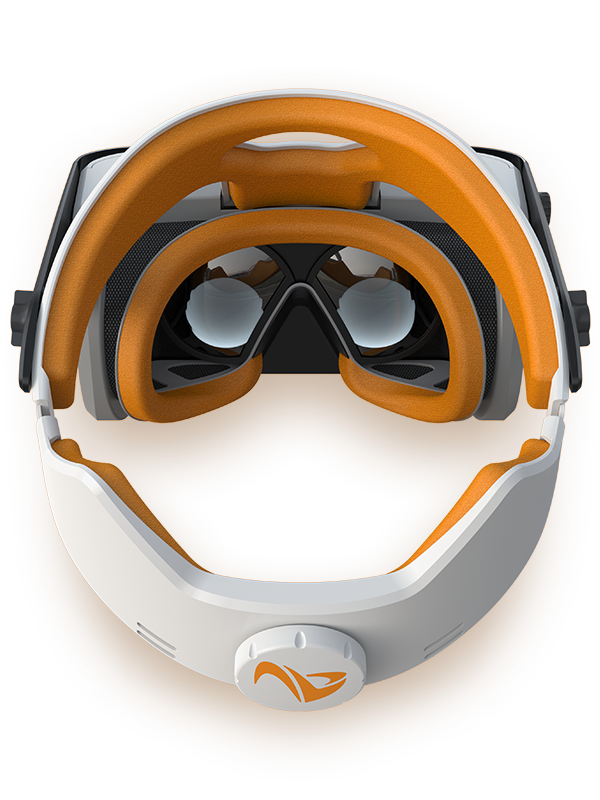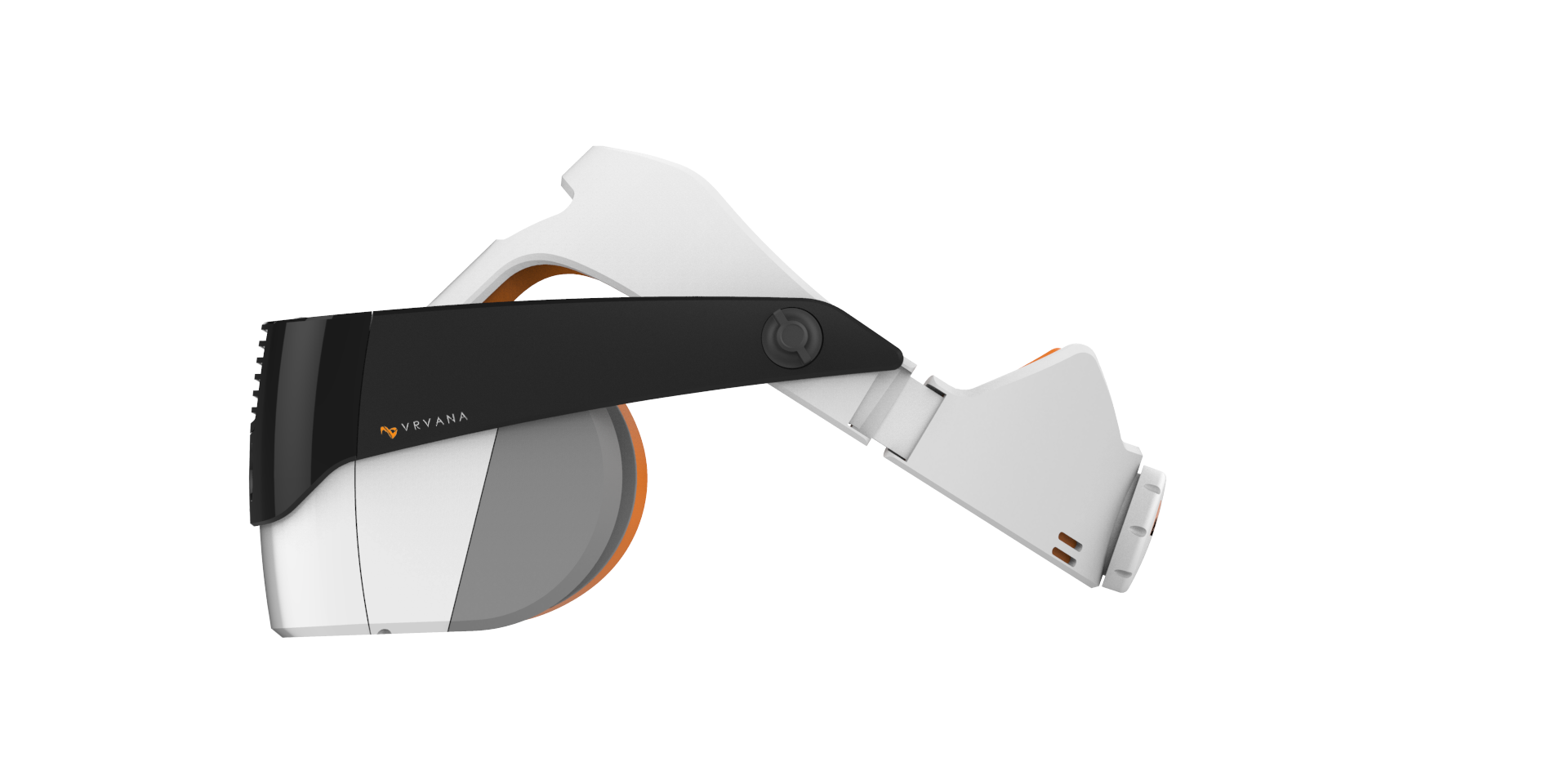Vrvana Totem: VR And AR In One HMD
The Oculus Rift and HTC Vive are both high-end PC-connected VR HMDs that are set to launch in just over a month. There’s been a ton of buzz around these two products over the last year, for good reason, but what if I told you there are other players in this space that you’ll soon be hearing more about?
My colleague, Alex Davies, and I recently had the chance to speak with Mark-Oliver Lepage, the COO and Co-Founder of Vrvana, a small upstart company based in Montreal, about the Totem, his company’s upcoming VR/AR HMD.
If you are a long time reader of Tom’s Hardware, or you’ve been paying attention to the developments in VR for a couple of years, Vrvana’s Totem might be vaguely familiar to you. We first wrote about the headset in September of 2014, when Vrvana was trying to fund the development of its HMD through a Kickstarter campaign similar to the one that famously jumpstarted Oculus in 2012.
Soon after we broke the news of the campaign, Vrvana cancelled its Kickstarter plans and then seemingly disappeared. That is, until Vrvana showed up at the 2016 Unity Vision Summit with its latest Totem prototype. We asked Lepage what transpired over the past year and a half, and he told us that the company realized that its goals for Kickstarter were too ambitious. The campaign had good traction at the start, but the goal was far from funded when backing started to slow down. Vrvana decided to cancel the Kickstarter and continue development behind the scenes.
When the Kickstarter launched, Vrvana was on its fourth prototype design. The company was showing the fifth-generation Totem prototype at the Vision Summit, but Lepage told us that one will be replaced soon. The sixth prototype is currently being developed, and Vrvana expects to reveal it sometime in May or June.
There are several features that will set Vrvana’s Totem HMD apart from other devices coming to market. For instance, the Totem includes two cameras on the face of the HMD, one for each eye. These cameras are used for positional tracking, so there is no need for an external sensor system, and they can be used for AR features. Lepage said the headset can scan your room so you can see it, along with AR elements, on the Totem’s display. He noted that because the headset uses a screen, rather than projecting the image onto a lens in front of your eyes, the augmented imagery can be opaque, a feature he claimed is currently not possible with projected AR technologies. Lepage said that the dual cameras can also act as a pass through without losing depth perception because each camera is mated to one eye for AR mode.
Lepage told us that the current iteration of the Totem HMD features optics and electronics that were designed in house. He said that one of the co-founders previously worked in the camera industry for 15 years. After outsourcing the first generations, the company had gained the resources needed to engineer its own. The rest of the four founding members are comprised of electrical and computer engineers who designed the electronics and firmware found inside the HMD.
Get Tom's Hardware's best news and in-depth reviews, straight to your inbox.
The Vrvana Totem is also different from the Vive and Rift because it has embedded processing capabilities. Lepage told us that the Totem has its own FPGA (the only part from a third party) and features Linux embedded directly into the HMD. Vrvana’s approach is to have part of the workload done directly on the headset. The tracking data coming through the camera is handled locally, while the game or experience is rendered by the computer to which the Totem is tethered. He did say that an untethered version is planned for the future, but there’s no indication when that would happen.
Vrvana is a small company, and as such it doesn’t have the means to bring the Totem to market on its own. The company is currently planning a business-to-business model wherein it will sell the Totem hardware directly to enterprise customers in small volumes. Lepage was not willing to elaborate, but he did say that Vrvana has talked to various enterprise customers in the automotive and simulation industries, and he said the company could be delivering a low volume run at the end of the year.
Lepage also has high hopes for bringing the Totem HMD to schools. He said that in Montreal, the dropout rate for males is very high, and he believes it’s because boys like to learn a certain way, and schools aren’t providing that. He believes that VR and AR will help keep boys engaged at school and interested in staying enrolled. Lepage said that he would be very proud if Totem helped lower the dropout rate in Canada.
Vrvana isn’t currently planning to target the consumer market directly, but it isn’t ruling out the idea. To that end, the company has made it simple to bring content over to the Totem HMD. Lepage told us that it is easy to bring content from other VR platforms that was created in Unity or Unreal Engine and port it over. Vrvana offers plugins for both engines. Developers simply have to recompile their projects with the plugin, but eventually the plan is the move away from the plugin to having integrated code in the engines already, similar to how Oculus and SteamVR are currently supported.
Following the May or June reveal of the sixth generation Totem HMD, Vrvana intends to deliver 10 to 15 early units to select developers in June or July. Lepage told us that most of the content for enterprise customers will be developed in-house though, so he didn’t seem concerned about the limited exposure.
Lepage told us that Vrvana is currently in the process of raising Series A funding to accelerate its operations. He noted that there are already a number of investors on board, but the company is still seeking a primary investor. It's seeking $10 million in this round. Lepage said he would love to see a Canadian company take the lead, but he doesn’t believe there is enough capital in the country and expects an American firm to fill the spot.
Follow Kevin Carbotte @pumcypuhoy. Follow us on Facebook, Google+, RSS, Twitter and YouTube
Kevin Carbotte is a contributing writer for Tom's Hardware who primarily covers VR and AR hardware. He has been writing for us for more than four years.
-
Gr8llama I just can't take these guys seriously anymore until they actually come up with a working and worthy prototype. I've seen them at numerous trade shows and each time I pretty much get excuses as to why it's not working, they show me the old stuff (that makes me dizzy, loses tracking and is blurry) with promises of what they are working on. At this point they seem to be bilking Canada of their money and not much more. They keep getting free adverts and articles on what they claim to be working on, but showing nothing that even comes close to competing. They want so badly for someone to take notice and fund them but no one is and the way the demo this HMD is part of the problem. I was there with some other high level funders and we all left disappointed with the device and the empty promises. I did not get to see them at the Vision Summit and I hope they are getting somewhere, but I think they've set such a bad precedent with past demos that it's going to be hard to get people to take notice again and that is too bad. Bertrand and the others seem like a nice group, well meaning, great ideas, but well meaning great ideas don't make the hardware work and excuses don't sit well with potential investors.Reply -
Pierrot Lafouine I am following this company for couples years now. Vrvana has a dream team and they were able to develop a fully working prototype and amazing demo with peanuts. I saw their demo and I was impress by the quality of the experience. Their device is working very well. Give them 1% of what Oculus got and you will hear from them and they will heat Oculus's ass like hell.Reply -
Marc-O @Gr8llama, I’m sorry to hear your disappointment. You need to see our product again, as we’ve made significant progress that did not leave Robert Scoble, Philip Rosedale and Karl Krantz indifferent, just to name a few. We’ll be at GDC and happy to meet for a constructive conversation!Reply
@Pierrot, thanks for believing in us! -
Steven Bratter Nobody out there has done more with less than these guys. They continue to innovate and got to this stage on less than 1.5M. That's what Occulus or Magic Leap spend on office furniture.Reply



